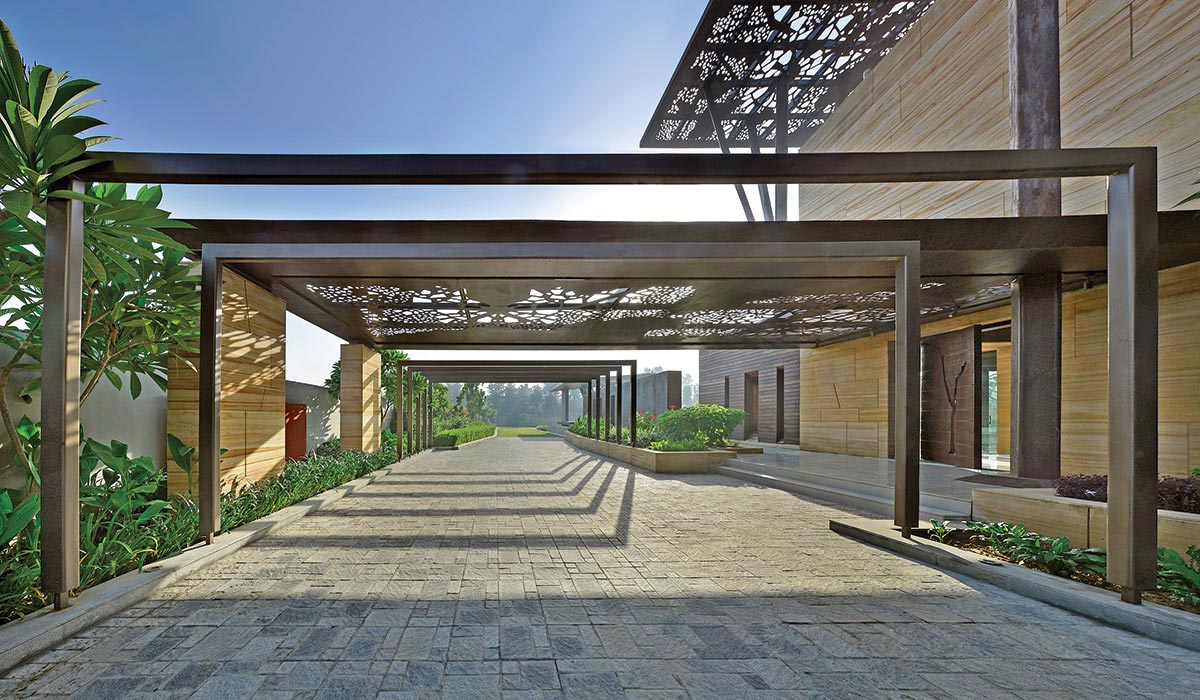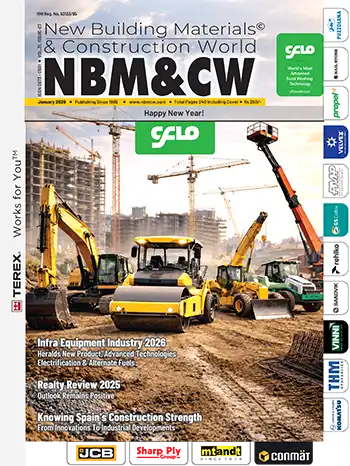
In the current Indian context, we are seeing a definite impact on architecture and design, based on the rapid transformation in the pace, availability and nature of imagery that is accessible to the public at large, as well as younger professionals. There is an aspirational desire to ‘belong’ globally and in some sense, almost a ratification of our self-worth through a perceived ‘idealized’ lifestyle that we are being constantly bombarded with.
This access to diverse media is inevitable but several concerns emerge: we are losing the deeper meaning of context as connected to community, craft, memory and ‘place’. Forms, patterns and symbols, are borrowed without thoughtfulness and often ‘global’ leads us towards the imported factory-made product that sits rather uncomfortably when one considers the culture of small makers that is still alive and viable in our country.
Even as software-driven design is changing the face of our architectural precincts, it is important to pause and question the meaning and intent.
Technology has become an invaluable tool in helping us imagine and experience forms in the virtual (and built) space, which would have been unthinkable even a decade ago. There is a versatility in design expression, scale of detailing and modelling and speed of implementation that are clearly technologically driven. Even as we see dramatic organic forms, computer milled stone,3D printing and software process driven design changing the face of our architectural precincts, it is important to pause and return to the question of meaning and intent. Equally critical is the need for a focus on sustainable choices.
 G Farm, New Delhi
G Farm, New DelhiAnother emerging trend is going to be ‘intelligent’ materials.
Both traditional materials and industrial materials will continue to be in use, however there is a definite questioning and shift towards a more organic, material-oriented approach to design, especially in the context of environmental quality, balance and repose. The nature of our hyper-functional world is moving an increasing number of people towards more natural, grounded lifestyle choices. Another emerging trend is going to be ‘intelligent’ materials that will serve both a spatial and environmental purpose.
We need to look at appropriate technology solutions that draw on the specific material and pool of local skills available.
In the Indian context, where labour is cheap and there is an abundance of skilled labour and low-cost building material choices, precast drywall techniques are not likely to become the norm except in group housing or very large-scale requirements where economies of scale make this technology viable. We need to look at appropriate technology solutions that draw on the specific material and pool of skills available in local contexts to create authentic and sustainable solutions that are rooted in place.
A critical challenge within the building industry is moving people towards more sustainable choices.
Unfortunately, one of the most reliable drivers to change consumer behaviour is cost, and we need very strong disincentives through pricing to ensure that building materials with higher embodied energy are minimized, and we move towards a culture of conscious consumption. As professionals, we need to work in tandem with consultants in creating awareness and educating our clients on available possibilities that bring about a positive change.















